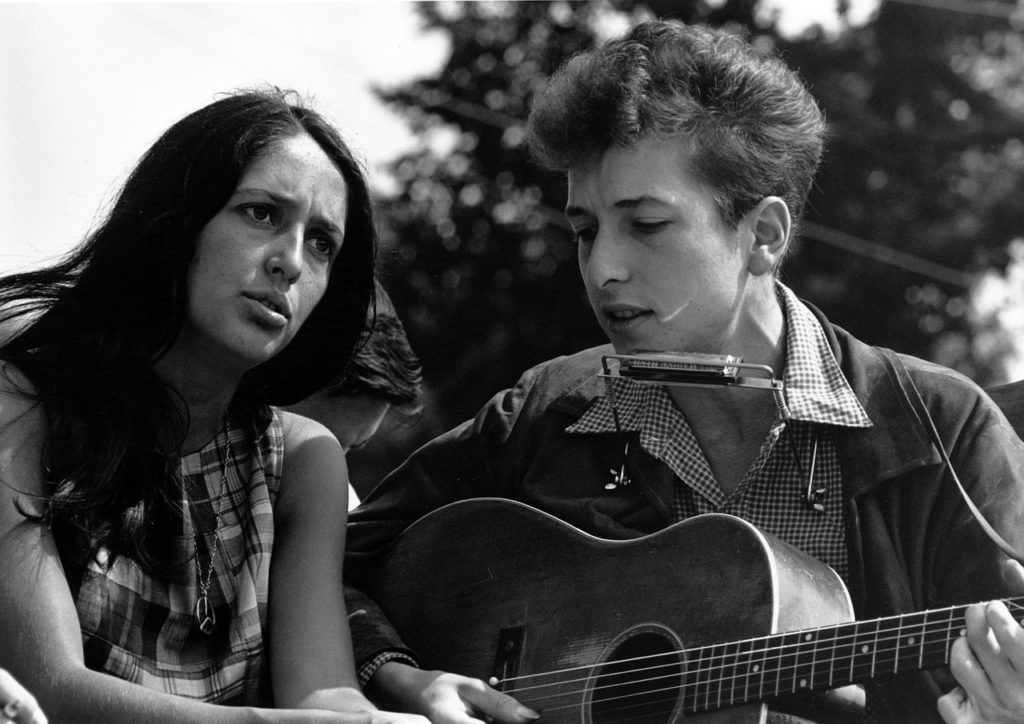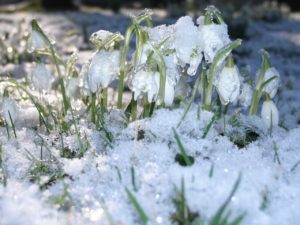Bits of this post were originally published in January 2017.
January makes me think of spirals. Why?
January is traditionally, from the perspective of someone in the northern hemisphere, with an agricultural or pastoral perspective, a month when there is time for thinking, pondering, and philosophizing. In this way it is similar to what earlier societies did around hearth fires for untold generations. Spirals denote paths of lives, cultures, and time. January gives us time to conceptualize the spirals of our lives.
January is a point on the yearly cycle. We perceive the yearly cycle as circle but each January is also a new point on a linear map of time. If you merge these perspectives together you can see how it would look like a coiled spring. If you then look down into the center of the spring the points further down along the path of the helix appear smaller resembling a spiral.

Perhaps I am just an odd duck (many anthropologists are) but I find this visualization to be very helpful when thinking about our memories of times past. How times and actions are not just a point somewhere back along a time line but that they are cycles of years and lives back along simple and elegant helix of history.
Four Inspirational Women of January… with overlapping spirals
Zora Neale Hurston born on January 7, 1891 (died 1960) was an author and anthropologist who was a pioneer of African-American and African-Caribbean folklore and a student of Franz Boaz, making her an academic sister of Margaret Mead. Her best known work is Their Eyes Were Watching God. Alice Walker championed a rediscovery and reinterpretation of Hurston’s groundbreaking work and rule-bending behavior in the 1970s and 80s.
Merija Gimbutas, archeologist known for her controversial theories of women’s roles in early Eurasian society, was born on January 23rd 1921 wand passed away in 1994. She emigrated to Boston, worked with Lithuanian beliefs and rituals, folklore, and ancient practices, wrote The Prehistory of Modern Europe (1956) and The Civilization of the Goddess (1994). She was instrumental in laying a foundation for the idea of matriarchy in prehistory, a contested view.
Joan Baez, folk singer and songwriter, was born in January, on the 9th in 1941 supports human and civil rights, is a peace activist, and is a founder of the Humanitas International Human Rights Committee (1979). A seminal force in the early 1960s folk music scene on both coasts, she and Bob Dylan often performed together including at the March on Washington. She continues to perform in support of causes in which she believes.
Mary Lou Retton, first and only American woman to win a gold medal in the All-Around in gymnastics at the Olympics (1984) and first American woman to win a gold medal in gymnastics, and first woman featured on a Wheaties cereal box was born on January 24, 1968.
Once Upon A Winter’s Day – Memories

What memories come to mind when you think of:
- Hot Chocolate
- Jigsaw Puzzles
- Winter Storms
- Family Board Games
- Ice Fishing
- Ice Skating
- Icicles and Eaves
- Fireplace
- Snowed-in
- Sledding
Icons, Emblems and Events
Martin Luther King Day was first celebrated in the U.S. in 1986. It is always observed on the third Monday of the month of January although MLK’s birthday was January 15, 1929.
Gemstone: Garnet – Garnet, the birthstone for January, signifies eternal friendship and trust. The word garnet is derived from a word that means seed, at the stone resembles a pomegranate seed. Garnet is the name of a group of minerals that comes in various colors all the way from the deep red to vivid green.
Flowers of January are carnations and snowdrops, grow in various colors of red, pink and white. These flowers connote affection, deep love, happiness, fascination, and fidelity.
Astrological sun signs transition from Capricorn to Aquarius on January 20th.
January 22, 1973: Supreme Court decision in Roe vs. Wade insures a woman’s right to abort a pregnancy.
January 27, 1967. Tragedy strikes the U.S. space program as a deadly fire in the command module kills Apollo astronauts Lt. Col. Virgil “Gus” Grissom, Lt. Col. Edward H. White, and Lt. Cdr. Roger Chafee .
January 28, 1986: U.S. space shuttle Challenger explodes one minute and 12 seconds after liftoff, killing the seven crew members. Among the crew was school teacher Christa McAuliffe.


Leave a Reply